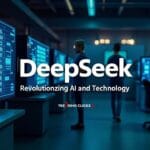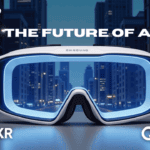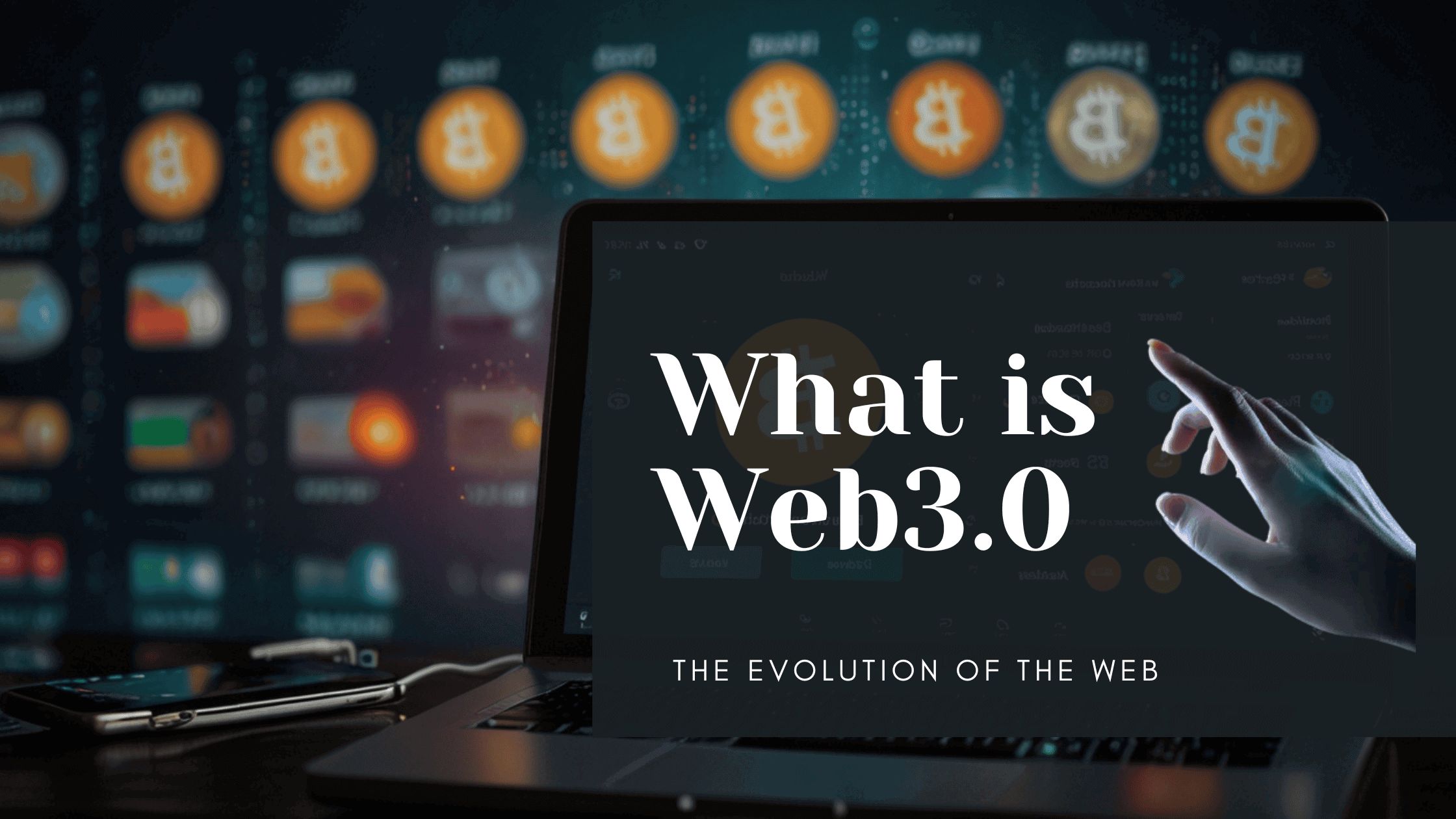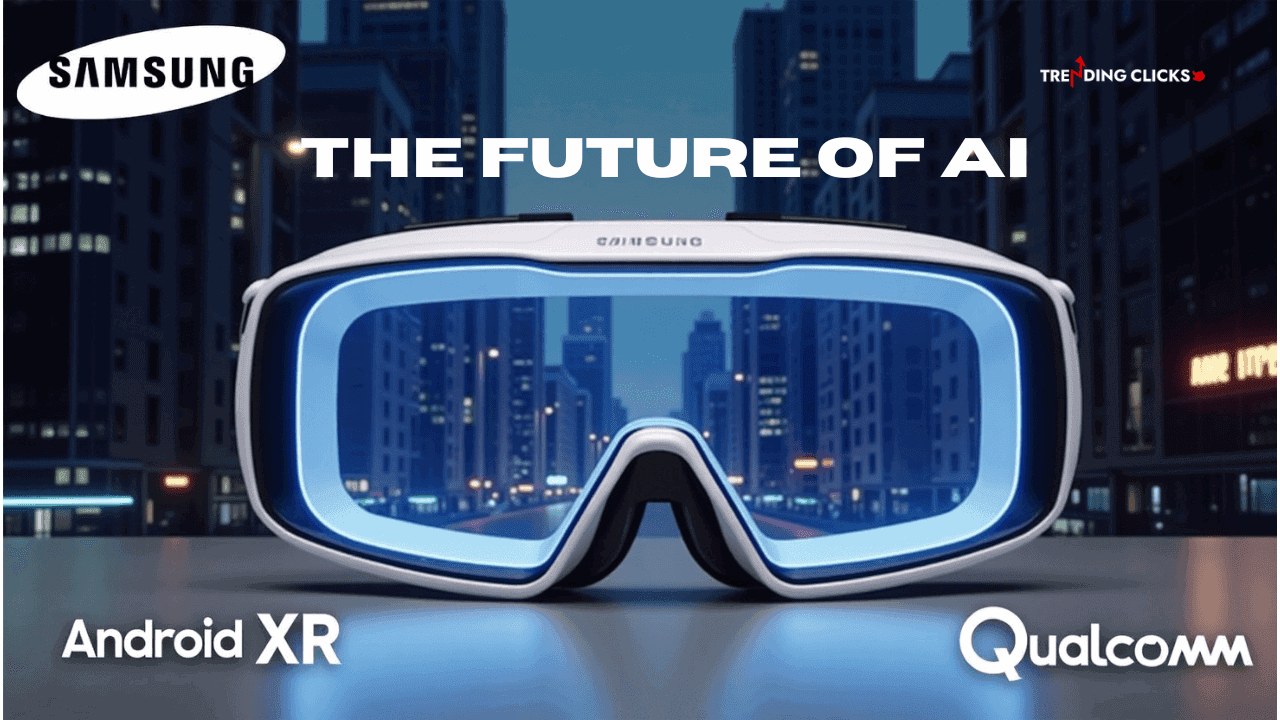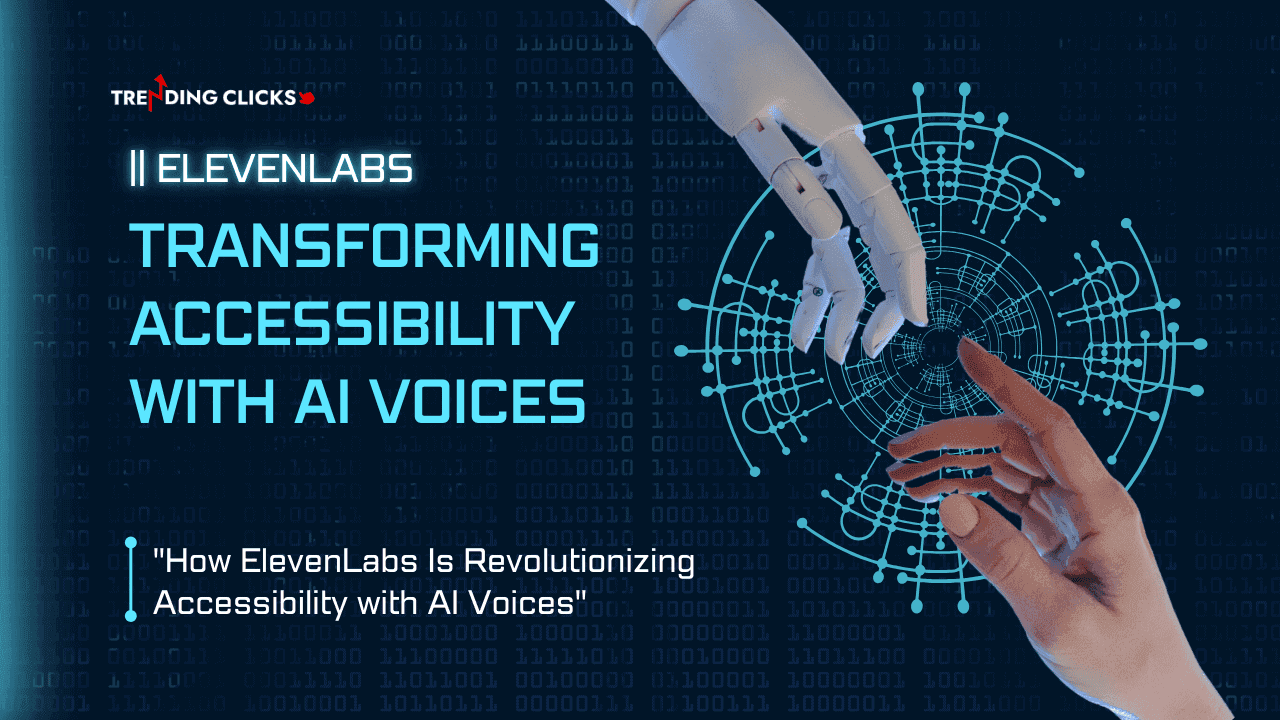Web3 signifies a transformative phase in internet technology, driven by decentralization, blockchain, and cryptocurrencies to create a more secure and user-focused online environment. This framework empowers users with greater control over their data and digital identities, enabling transactions through smart contracts and decentralized applications (dApps). Web3 aims to reshape our online interactions by enhancing privacy, security, and ownership of digital assets.
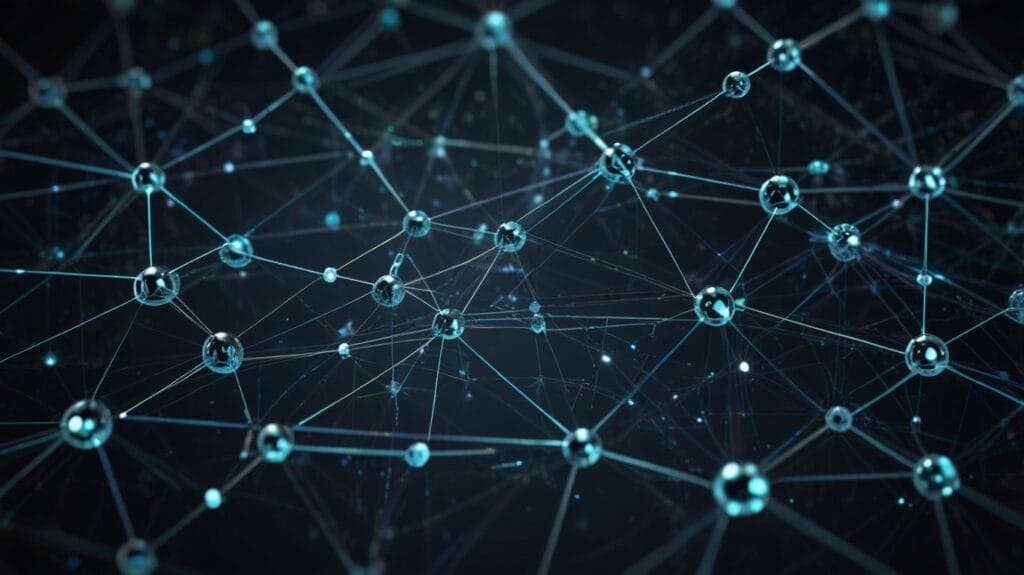
Understanding Web3
Web3 refers to the next evolution of the internet, where users control their data and online interactions. This concept is based on decentralization, blockchain technology, and smart contracts, which enable users to interact with each other and digital services without intermediaries.
In Web3, users possess complete ownership and authority over their data, identities, and online activities. This enables them to engage in secure transactions, communication, and collaboration without depending on centralized platforms like social media or e-commerce websites. Web3 facilitates more secure and private online interactions by storing personal information in a safe and encrypted format on a blockchain.
Evolution from Web2 to Web3
Web3 represents the next evolution of the internet, characterized by decentralization, blockchain technology, and user control over their data. This shift from Web2 to Web3 promises a more transparent, secure, and user-focused Internet experience.
Key features of Web3
Web3 is a decentralized internet infrastructure that leverages blockchain technology to create transparent, secure, and efficient online systems. It grants users greater control over their data and transactions while enhancing privacy and resisting censorship.
Web3 Technology
Web3 technology marks the next phase of the internet, defined by decentralized, peer-to-peer networks that emphasize user control and privacy. In contrast to Web 2.0, which is largely governed by centralized platforms and services, Web3 empowers individual users through blockchain technology, smart contracts, and decentralized applications (dApps). This emerging framework seeks to establish a more transparent and secure online space where users can exchange value freely without relying on intermediaries. With Web3, individuals gain enhanced ownership over their digital identities, data, and assets, paving the way for a new era of decentralized innovation and collaboration.
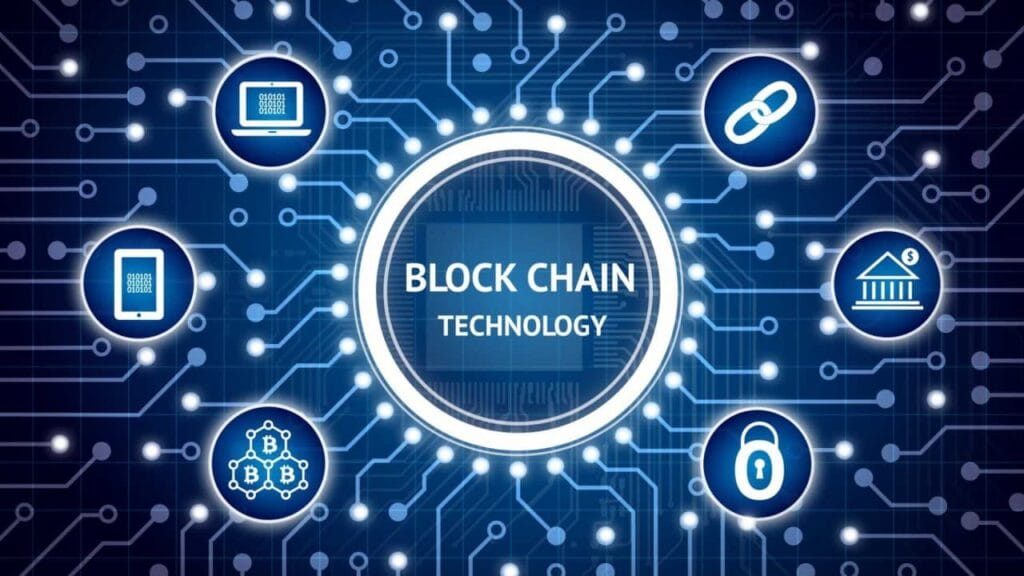
Blockchain technology
Blockchain technology is transforming how transactions are conducted and documented. It facilitates secure and transparent peer-to-peer exchanges without requiring intermediaries. This innovative technology can disrupt multiple industries while enhancing efficiency and transparency in financial dealings.
Smart contracts
Smart contracts are self-executing contracts with the terms of the agreement written into code. They automatically enforce the terms of the contract without the need for intermediaries, making transactions faster, cheaper, and more secure.
Decentralized applications (dApps)
Decentralized applications, or dApps, are applications that operate on a decentralized network of computers rather than a single central server. This allows for greater security, transparency, and censorship resistance. dApps are built using blockchain technology and smart contracts, enabling peer-to-peer interactions without the need for intermediaries.
Web3 Infrastructure
Web3 infrastructure refers to the network of decentralized technologies and systems that support the growing ecosystem of Web3 applications. This infrastructure includes blockchain networks, decentralized storage solutions, smart contract platforms, identity management systems, and other tools that enable users to interact with each other and with decentralized applications securely and efficiently. The goal of Web3 infrastructure is to create a more open, transparent, and user-centric internet that empowers individuals to control their own data and digital assets.

Cryptocurrencies
Cryptocurrencies are digital assets that use cryptography for security and operate independently of a central authority. They are stored on decentralized ledgers or as blockchains, allowing for secure and transparent transactions. With the rise of popular cryptocurrencies like Bitcoin and Ethereum, digital currency has become a growing trend in the financial world.
Web3 wallets
Web3 wallets are digital wallets that allow users to securely store and interact with cryptocurrencies and decentralized applications on the blockchain. These wallets provide users with full control over their funds and data, without the need for intermediaries.
Web3 browsers
Web3 browsers are designed to support decentralized applications (dApps) that run on the blockchain. These browsers enable users to interact with smart contracts, access decentralized storage, and engage in cryptocurrency transactions all within the browser interface.
Web3 Governance
Web3 governance refers to the decision-making processes and structures within decentralized systems such as blockchain networks. In Web3, governance is often decentralized, with users and stakeholders having a say in the direction and development of the network. This can involve voting on proposals, implementing changes, and resolving disputes. Effective governance is essential for the success and sustainability of decentralized systems, ensuring that they remain secure, efficient, and aligned with the interests of the community. By enabling transparent and inclusive decision-making, Web3 governance helps to build trust and foster collaboration among network participants.

Decentralized autonomous organizations (DAOs)
DAOs are organizations that run on blockchain technology and operate using smart contracts, eliminating the need for centralized control. Members of a DAO collectively make decisions on governance, funding, and operations through a decentralized voting system, ensuring transparency and accountability.
Consensus mechanisms
Consensus mechanisms are protocols used in blockchain technology to achieve agreement on the validity of transactions. They ensure that all participants in the network are in sync and prevent double-spending.
Governance models in Web3
Web3 governance models are typically decentralized and community-driven, with decision-making power distributed among token holders and network participants. These models aim to foster transparency, inclusivity, and accountability in managing decentralized networks and protocols.
Web3 Security
Web3 security is essential for protecting digital assets and ensuring users’ privacy in the decentralized web. With the rise of blockchain technology, security measures such as encryption, multi-factor authentication, and decentralized storage are crucial for safeguarding sensitive information. Constantly evolving threats require ongoing monitoring and updates to ensure the integrity of the network and prevent potential cyber-attacks. The web3 ecosystem can continue to thrive and innovate in a secure environment by prioritizing security protocols and proactive measures.
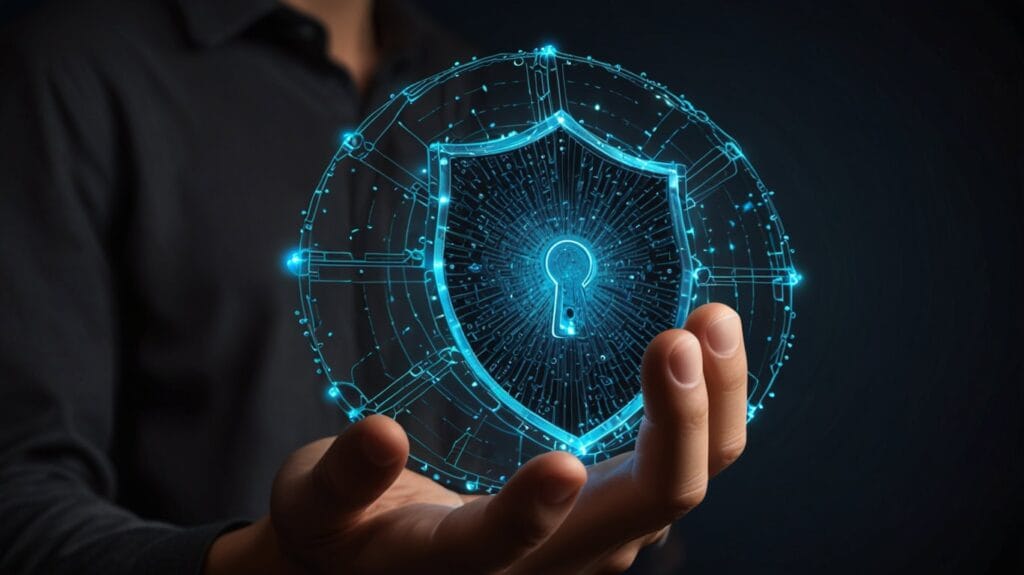
Privacy and data protection
Privacy and data protection are essential for trust and security in an increasingly digital world. Every individual has the right to control how their personal information is collected, stored, and used by businesses and organizations.
Secure transactions in Web3
In Web3, transactions are secured through decentralized blockchain technology that ensures transparency and immutability. This allows users to conduct transactions securely without the need for intermediaries or third parties.
Cybersecurity challenges in Web3
Web3 brings new opportunities for innovation and decentralization and also poses challenges in terms of cybersecurity. With the complexity and interconnectedness of decentralized networks, securing sensitive data and protecting against vulnerabilities becomes increasingly difficult for individuals and organizations.
Web3 Use Cases
Web3 technology facilitates decentralized applications, providing enhanced security and privacy for users through blockchain technology. From decentralized finance to digital identity authentication, Web3 presents a diverse array of use cases that are transforming how we engage and conduct transactions online.

Web3 in finance and banking
Web3 technology is revolutionizing the finance and banking industry by decentralizing transactions, increasing security, and improving transparency. Through the use of blockchain technology, Web3 is enabling quicker, more efficient, and cost-effective financial services for individuals and businesses worldwide.
Web3 in healthcare
Web3 technology is reshaping healthcare by enabling secure and decentralized data management for patients and providers alike.
Web3 in supply chain management
Web3 holds the promise to revolutionize supply chain management by improving transparency, traceability, and overall efficiency.
Web3 Challenges
Web3 presents unique challenges such as scalability issues, interoperability concerns, and security vulnerabilities that must be addressed to fully realize the potential of decentralized applications. As developers strive to advance innovation in this area, teamwork and creativity will be essential for overcoming these hurdles and building a more secure and efficient decentralized ecosystem.
Scalability issues
Scalability issues can hinder the growth potential of a system or application.
Interoperability challenges
Interoperability challenges arise when different systems, platforms, or applications struggle to communicate or work together effectively. This can result in data silos, inefficiencies, and barriers to collaboration within an organization.
Regulatory concerns in Web3
Regulatory concerns in Web3 revolve around issues such as data privacy, security, and potential misuse of decentralized technologies. As the space continues to evolve, regulators need to strike a balance between fostering innovation and protecting consumers.

Web3 Opportunities
Web3 offers opportunities for developers and entrepreneurs to create decentralized applications that can revolutionize industries and empower users with greater control over their data and assets. With its potential to disrupt traditional systems and enable more transparent and secure transactions, Web3 is paving the way for a more decentralized and democratic Internet ecosystem.
Decentralized finance (DeFi)
Decentralized finance, or DeFi, is a revolutionary way of conducting financial transactions without the need for traditional intermediaries like banks. Using blockchain technology, DeFi allows for greater transparency, security, and accessibility in the world of finance.
Tokenization of assets
Tokenization of assets refers to converting a physical asset, such as real estate or art, into digital tokens that can be traded on a blockchain platform. This allows investors to buy and sell fractional ownership of high-value assets, increasing liquidity and access to previously illiquid markets.
NFTs (Non-fungible tokens) in Web3
NFTs (Non-Fungible Tokens) are a cornerstone of Web3, representing unique digital assets secured on the blockchain. Unlike cryptocurrencies, NFTs are indivisible and carry distinct metadata, making them ideal for digital art, collectibles, and ownership verification. By leveraging decentralized platforms, NFTs empower creators with royalties and traceable ownership, revolutionizing the concept of digital value.

Web3 Community
The Web3 community is a decentralized ecosystem of developers, creators, and users united by the vision of a transparent and user-centric Internet. Unlike traditional web models, this community thrives on collaboration through DAOs (Decentralized Autonomous Organizations), open-source projects, and blockchain networks. By prioritizing shared governance and innovation, the Web3 community drives the evolution of a more equitable digital landscape.
Web3 influencers and thought leaders
Web3 influencers play a pivotal role in shaping the adoption and understanding of decentralized technologies. These individuals, ranging from blockchain developers to entrepreneurs, share insights on innovation, trends, and opportunities in the space. By fostering education and advocacy, they inspire trust and accelerate the global shift toward Web3 solutions.
Web3 events and conferences
Web3 serves as the hub for innovation, networking, and knowledge sharing in the decentralized space. These gatherings bring together developers, investors, and enthusiasts to explore trends, technologies, and collaborative opportunities. By fostering dialogue and showcasing advancements, these events drive the growth and adoption of Web3 globally.
Web3 online communities
Web3 online communities are vibrant hubs where enthusiasts, developers, and investors collaborate and exchange ideas. Platforms like Discord, Reddit, and Twitter host discussions on blockchain innovations, decentralized apps, and emerging trends. These communities foster inclusivity, knowledge-sharing, and collective growth, driving the global adoption of Web3 technologies.
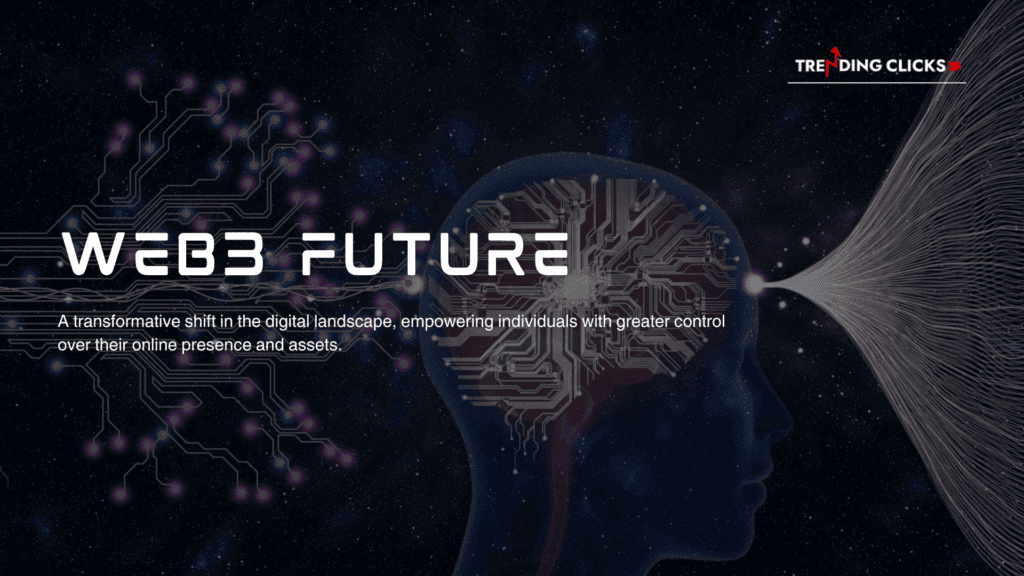
Web3 Future
The future of Web3 promises a decentralized, user-owned Internet where transparency, security, and innovation take center stage. As blockchain technology evolves, Web3 is poised to redefine industries like finance, gaming, and data management, empowering individuals with greater control over their digital identities and assets. This transformative shift paves the way for a more equitable and inclusive digital ecosystem.
Predictions for the future of Web3
Predictions for the future of Web3 include the widespread adoption of decentralized apps (dApps), integration with AI, and the tokenization of real-world assets. Enhanced scalability and cross-chain solutions are expected to make blockchain technology more accessible. This evolution will likely drive innovations across finance, healthcare, and governance, reshaping digital interactions globally.
The potential impact of Web3 on society
Web3 has the potential to revolutionize society by decentralizing control and empowering individuals with ownership of their data and digital assets. It could enhance financial inclusion through decentralized finance (DeFi) and promote transparency in governance. By fostering innovation, Web3 paves the way for a more equitable and collaborative digital future.
Web3 trends to watch
Web3 trends to watch include the rise of decentralized finance (DeFi), the expansion of NFTs into new industries, and the development of cross-chain interoperability. Additionally, advancements in blockchain scalability and privacy solutions are poised to drive broader adoption. These trends highlight the growing potential of Web3 to reshape digital ecosystems and user experiences.

Conclusion
In conclusion, Web3 represents a transformative shift in the digital landscape, empowering individuals with greater control over their online presence and assets. By leveraging decentralized technologies such as blockchain, NFTs, and smart contracts, Web3 offers new opportunities for innovation, transparency, and financial inclusion. As the Web3 community continues to grow and evolve, its impact on industries like finance, governance, and entertainment will only deepen, creating a more equitable and user-centric Internet. The future of Web3 holds immense potential, and its continued development promises to reshape the way we interact with the digital world, driving progress toward a decentralized and transparent global economy.

